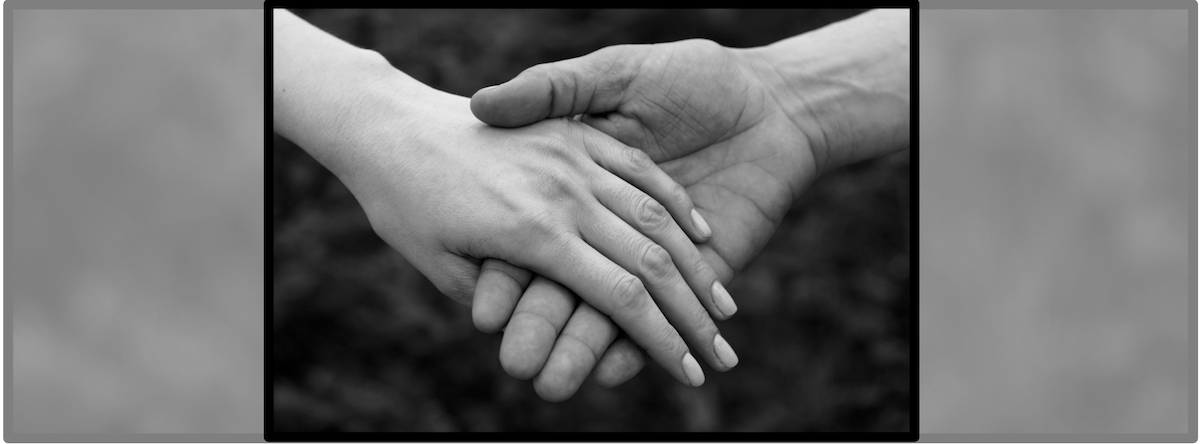Photo by Alex Sheldon
I met him in the fall, just as the summer fog lifted and the Monarch butterflies returned from the north. His beachside home, lived in for over 50 years, was no longer just a house, it was a sanctuary of memories. He had raised his family there. His wife had died there. Years later his longtime girlfriend did too.
And now, he too was preparing to die in that same space, surrounded by the hum of the life he had built.
His world had narrowed to that house. Yet within it, a full cast of devoted people orbited around him: his son, daughter-in-law, grown grandchildren, hospice staff, neighbors, and volunteers, each assigned their time slots and tasks.
Everyone wanted to help. Everyone wanted to do.
My time slot was Tuesdays at 12:30 p.m. I came with nothing. I didn’t bring food, check vitals, or adjust anything. I didn’t ask about his oxygen levels or his bowel movements. I had no interest in his medications, swollen legs, intake logs, or laundry. I simply sat in a chair directly across from his and listened.
And in that stillness, something beautiful happened.
With warmth and humor, he shared stories from his war time deployments. He told me about guarding the psychiatric ward at a military hospital, about the drunken sailors and midnight admissions.
But his favorite memories, the ones that made his face light up, were about the USO dances. He remembered the music, the laughter, the ping-pong games, the miniature bowling. Seventy years later, he could still name the hostess girls and describe the scents of their perfume.
We built a relationship not through tasks, but through presence.
Two weeks before he died, we had our last real conversation. He could no longer make his slow pilgrimage to the living room. I sat at his bedside, holding his hand, retelling his stories so he knew they would not be forgotten. I thanked his body for its 88 years of good service.
Then, I asked a question I already knew would make him smile. “Any regrets?”
His eyes offered a faded twinkle as the edges of his dry mouth turned upward. “I would’ve asked more girls to dance,” he whispered.
I squeezed his hand and held it.
After he died, I found myself eating lunch on his front porch a few times. It was my quiet ritual, my way of saving him a dance.
In the end, the medicine I administered didn’t require a chart. It didn’t need a degree. It only required presence—someone to witness, remember, and honor. Someone to hold the sacred space between us.
Good hospice care reminds us that presence is not passive. It is not second best to action. It is, in many cases, the greatest remedy we can offer.
We live in a world obsessed with doing. We tend to measure love in casseroles delivered, medical charts updated, oxygen levels monitored. In hospice care, too, it’s easy to get swept up in the logistics. Keeping someone comfortable, clean, fed, medicated, and breathing can be more than a full-time job.
We humans feel useful when we are busy. We tend to feel helpless when we are not. But as someone who has had the privilege of sitting with the dying for more than a decade, I’ve learned that sometimes the most sacred act isn’t doing at all—it’s simply being.
So the next time you ask, “What can I do to help?”—a question so many of us reach for in moments of helplessness—perhaps the better offering is simpler, quieter.
“Can I just be here with you?”
Not to fix, not to solve, not to do—but to stay. In the end, our presence may be the most human, most healing thing we have to give.
